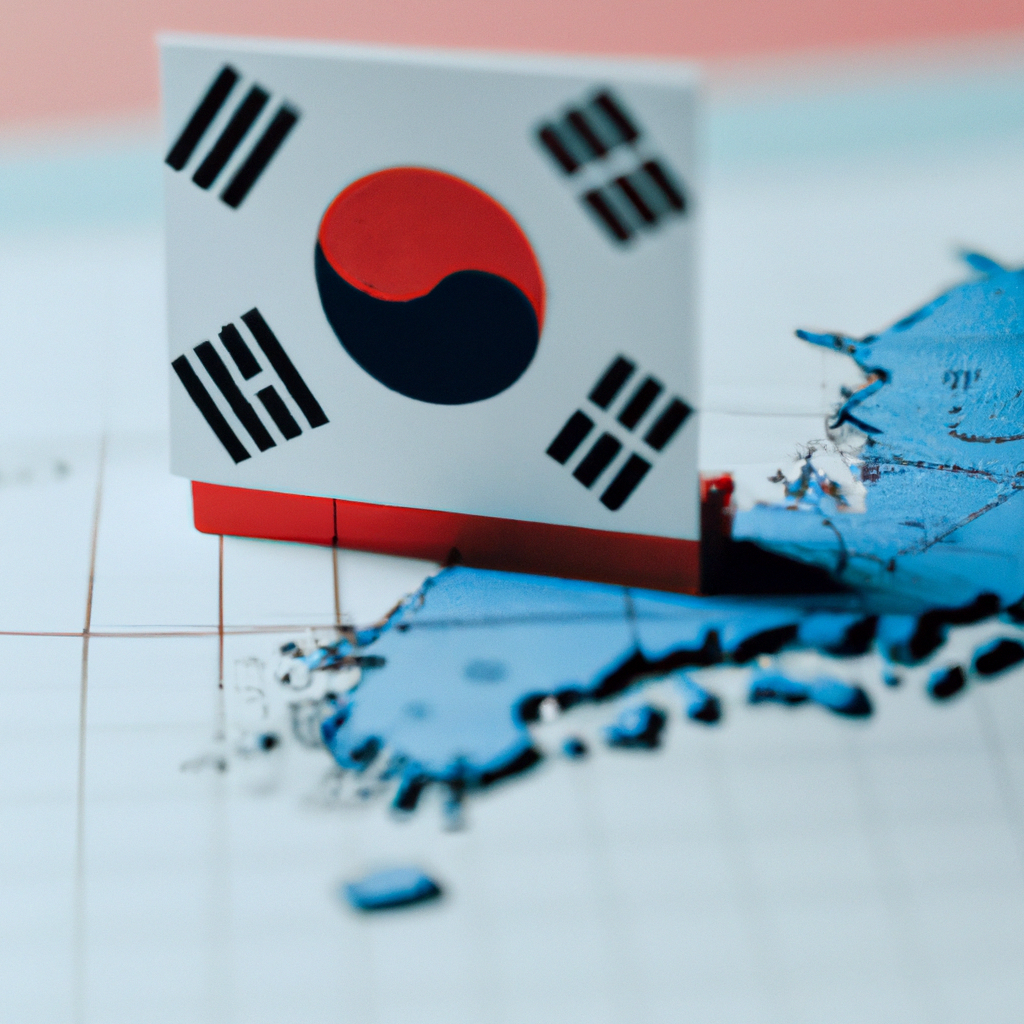How do I explore Korean traditional dance and performances?
Post ByAdequate Travel
Summary
Korea is home to a vibrant and rich culture, and one of the best parts of that culture is its traditional dance and performance scene. From classic court dances to dynamic shamanic performances, there are plenty of ways to get a taste of Korean culture and heritage through the power and energy of dance. In this blog, learn how to explore Korean traditional dance and performances in the most authentic way possible! The place is known for its rich history and culture, welcomes tourists with open arms. However, be sure to review the travel advisory and travel warnings to ensure a safe and enjoyable experience.Exploring Korean Traditional Dance and Performances
1. Research and Education
First, start by conducting research to gain a good understanding of Korean traditional dance and performances. Look for books, documentaries, and online resources that provide information about the history, styles, and techniques of traditional Korean dance.
Examples:
- "Traditional Korean Performing Arts" documentary
2. Attend Performances and Festivals
Immerse yourself in the culture and experience Korean traditional dance firsthand by attending performances and festivals. Look for local theaters, cultural centers, or universities that regularly host Korean dance performances. Also, keep an eye out for festivals or events dedicated to showcasing traditional dance and performances.
Examples:
- The Andong Mask Dance Festival held in Andong, South Korea
3. Take Classes or Workshops
If you want to go further and learn Korean traditional dance yourself, look for classes or workshops taught by experienced instructors. Taking part in these classes will allow you to not only learn the basic techniques but also gain insight into the cultural significance and traditional practices associated with the dance forms.
Example:
4. Visit Cultural Centers or Museums
Cultural centers or museums dedicated to Korean arts and culture often exhibit traditional dance costumes, instruments, and artifacts related to performances. Visiting these centers will provide you with a deeper understanding of the context and history behind Korean traditional dance and performances.
Example:
5. Connect with Local Experts
Reach out to local experts, such as professors specializing in Korean studies or members of Korean traditional dance groups, for guidance and insights. They can provide valuable information, recommend resources, and may even offer opportunities to observe rehearsals or participate in workshops.
Example:







